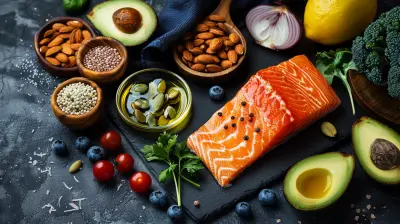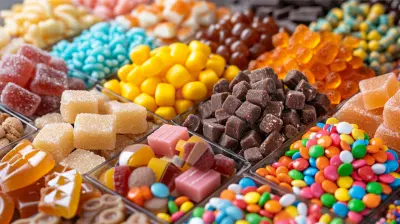How to Improve Your Diet with Simple Daily Habits
20 August 2025
Let’s be real—changing your entire diet overnight sounds about as exciting as organizing a sock drawer. It feels overwhelming, time-consuming, and kind of like a punishment. But what if I told you that you don’t need a complete overhaul to eat better? That simply tweaking your daily habits can make a huge difference?
Good news: You don’t need to start drinking kale smoothies three times a day or swear off carbs forever. (Who even wants that life?) Improving your diet can be as easy as making small, consistent changes that add up big-time over the long term. You ready? Let’s dig in—pun totally intended.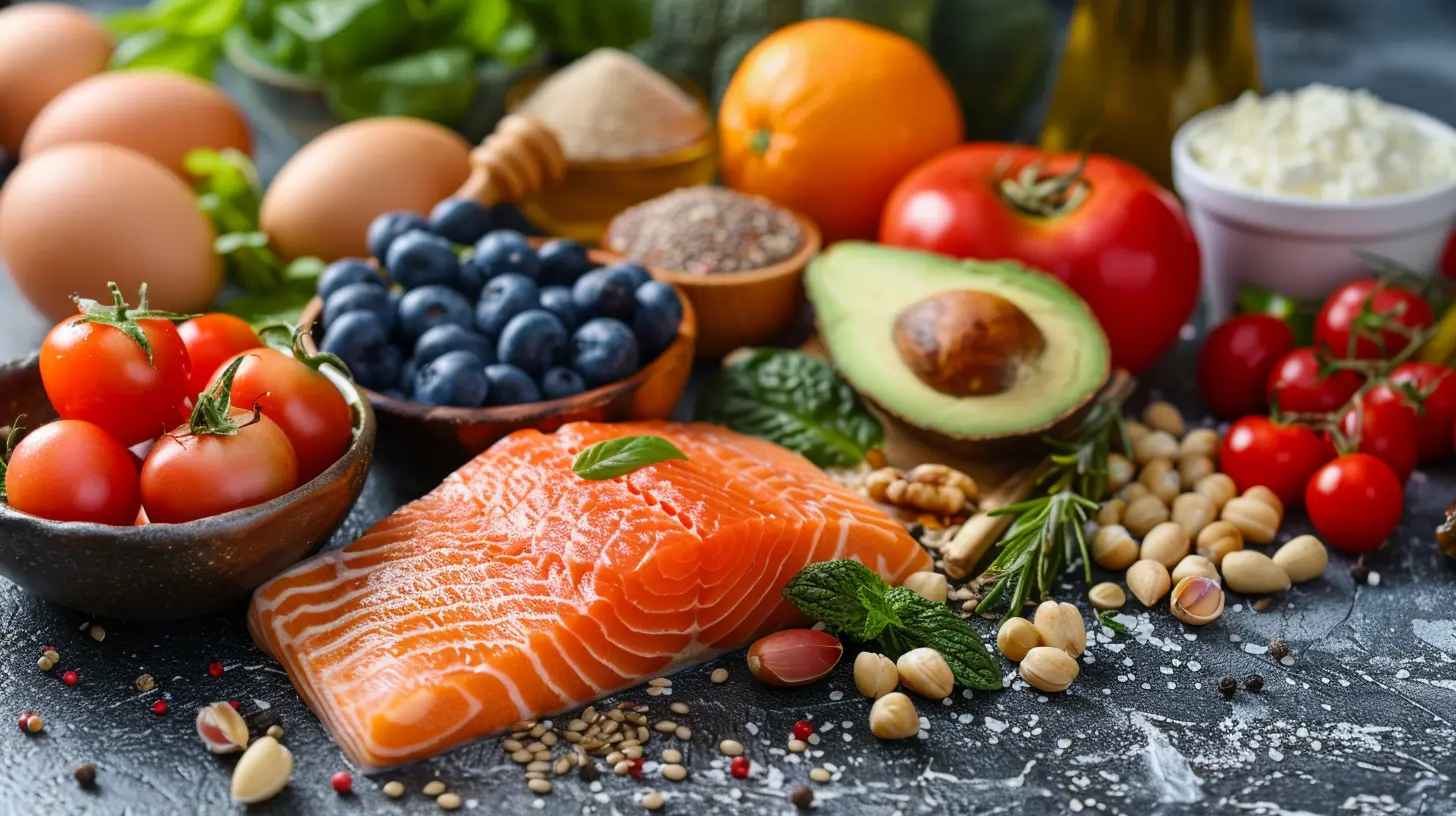
Why Simple Habits Work Better Than Big Diet Overhauls
Ever tried a crash diet? Yeah, didn’t think that lasted long.When we go all or nothing, we usually end up falling flat on our faces. Why? Because it’s not realistic or sustainable. Habits, on the other hand, are part of our routine—the stuff we do without even thinking. So when we sneak healthier actions into our daily grind, we’re far more likely to stick with them.
Think of it like planting seeds instead of chopping down a forest. You want slow, steady growth, not chaos and burnout.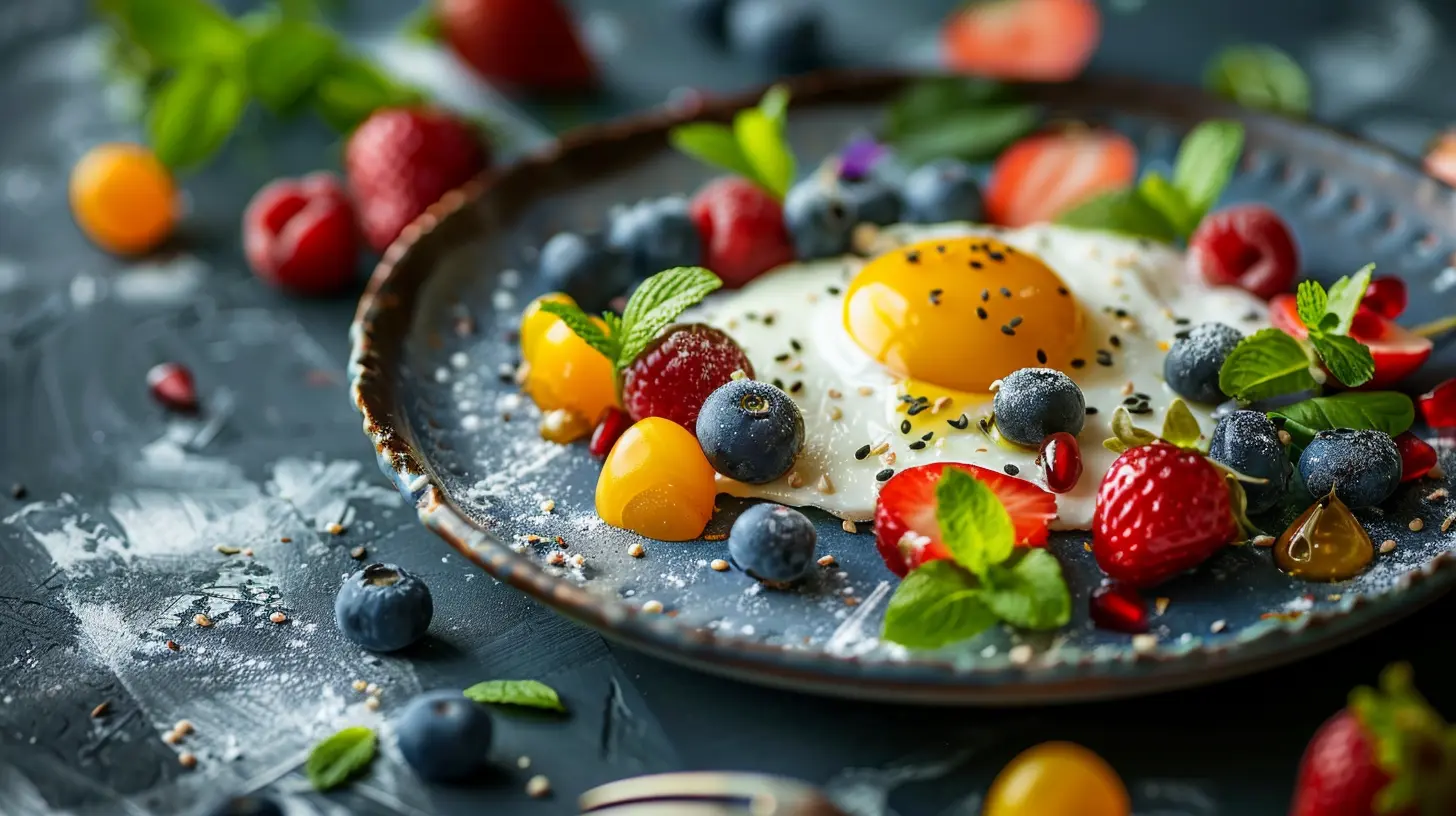
1. Start with One Healthy Swap
You don’t need to toss out your pantry or cry over your favorite snacks. Start with just one swap. Seriously, one.- Soda lover? Try sparkling water with a splash of juice.
- White bread every day? Switch to whole grain a couple times a week.
- Addicted to creamy coffee? Try milk alternatives or reduce the sugar bit by bit.
Think of this as trading in one unhealthy habit for a better one. You’ll hardly notice the change—but your body will.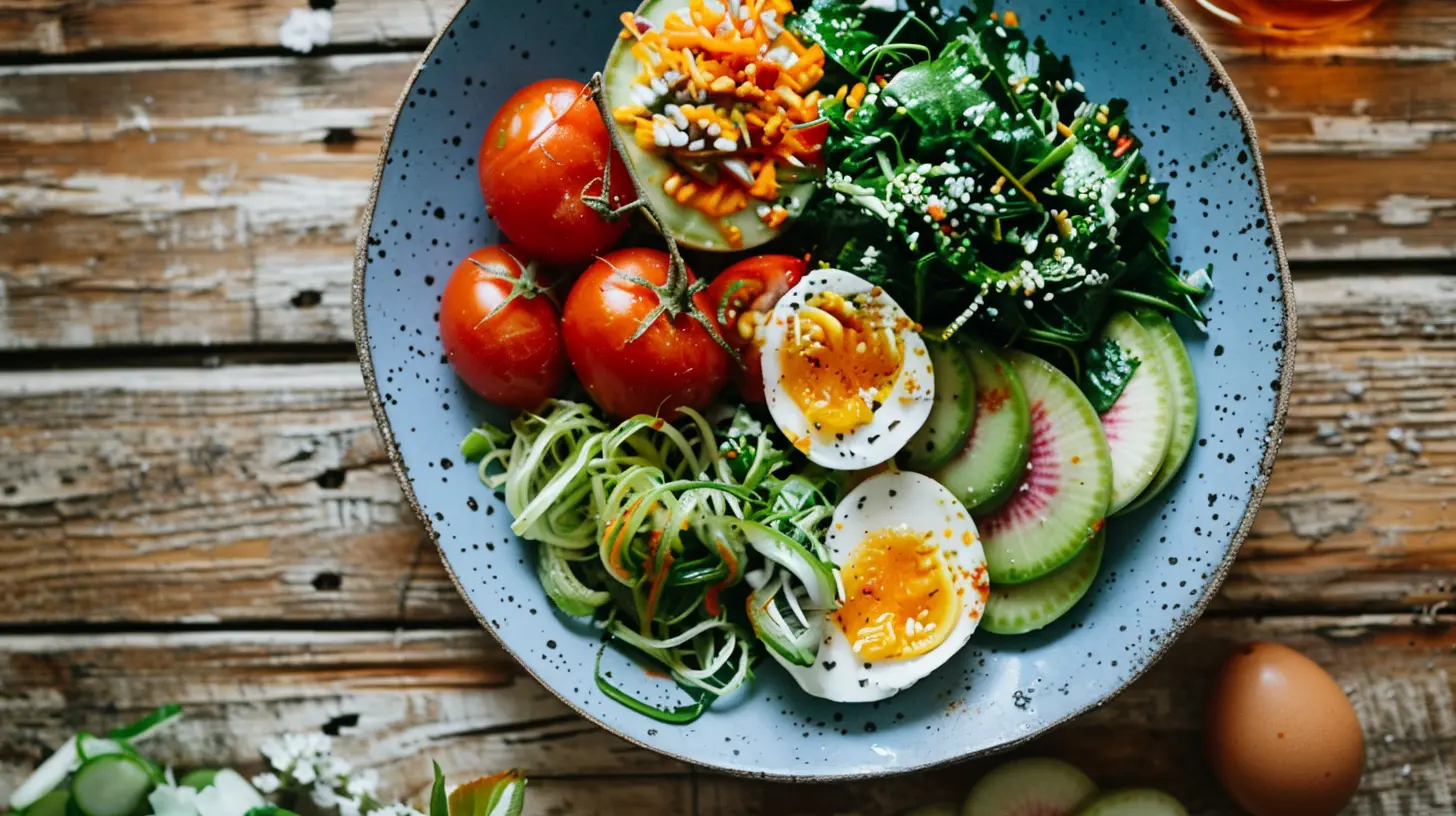
2. Make Water Your Bestie
Yeah, we’ve heard it a thousand times—and there’s a reason for it. Drinking water is one of the easiest, cheapest, healthiest habits you can adopt.Dehydration can trick you into feeling hungry when you’re actually just thirsty. Staying hydrated helps you eat only when you really need to. Plus, it boosts energy, helps with digestion, and gives your skin that fresh-from-a-spa glow.
Quick Tip:
Keep a reusable water bottle with you all the time. It’s like a gentle nudge to sip throughout the day.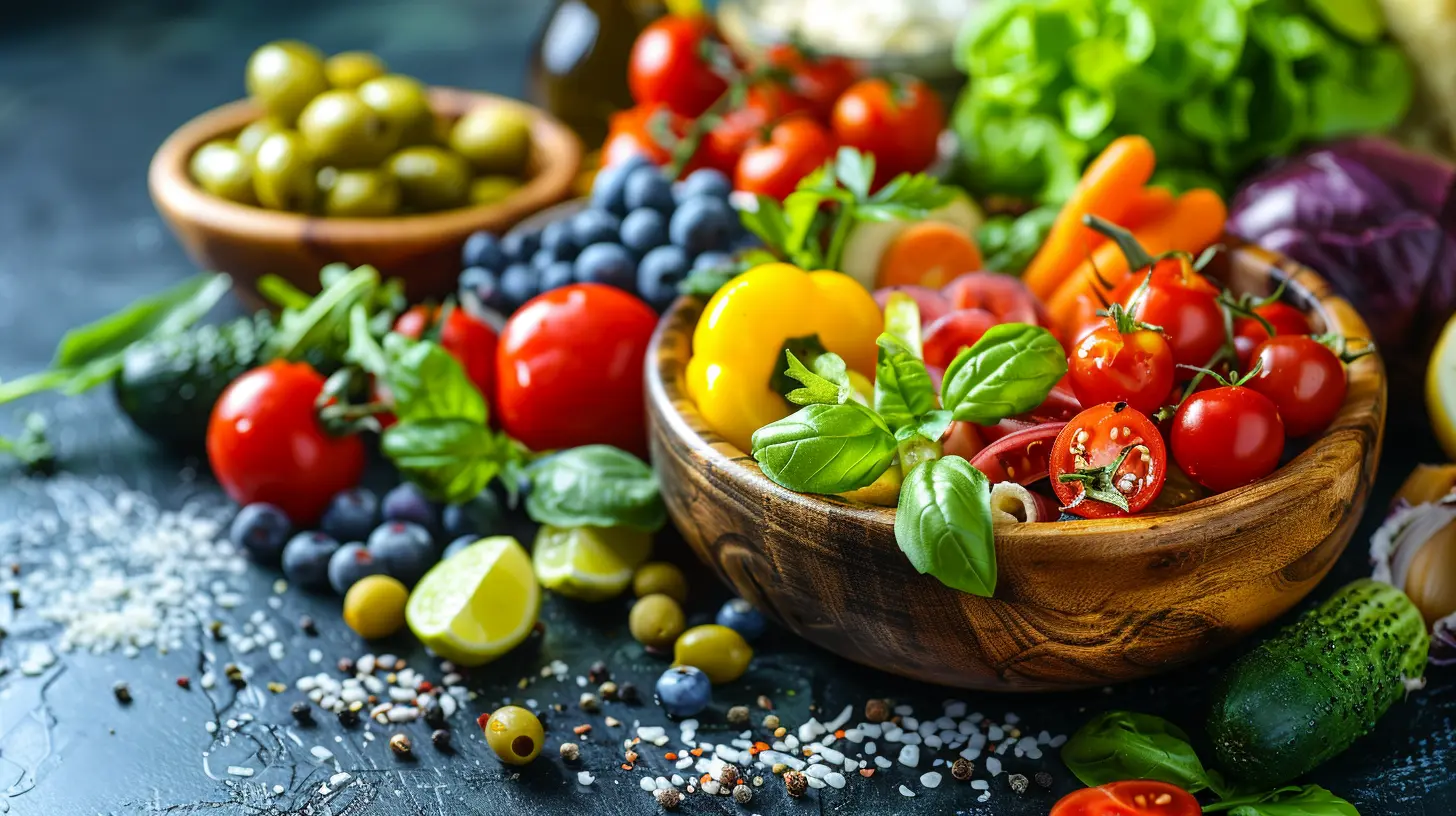
3. Never Skip Breakfast (But Keep It Simple)
Skipping breakfast is like trying to drive with an empty gas tank. Sure, you might coast for a bit, but you’ll sputter out fast.A balanced breakfast gives your body fuel and keeps those mid-morning cravings at bay. And no, we’re not talking about a five-course meal. Just aim for one with:
- Protein (eggs, Greek yogurt, nut butter)
- Fiber (whole-grain toast, oats, fruit)
- Healthy fats (avocado, nuts)
Fast, filling, and functional. No excuses.
4. Keep Healthy Snacks Within Reach
We’ve all been there—it's 3 PM, your stomach growls like a lion, and the vending machine has never looked more tempting. The best way to avoid junk snacking? Be prepared.Stock your kitchen, desk, or even your car with easy snacks that won’t wreck your progress:
- A handful of almonds
- Homemade trail mix
- Hummus with baby carrots
- Rice cakes with peanut butter
Think of snacks as mini-meals. They should nourish, not sabotage.
5. Don’t Fear the Grocery List
Grocery shopping without a list is like going on a road trip without GPS—you’ll end up somewhere, but it might not be where you wanted to go.When you plan ahead, you’re less likely to grab impulse buys and more likely to choose smart, healthy ingredients. Break your list into sections like:
- Fruits & veggies
- Whole grains
- Lean proteins
- Dairy or alternatives
- Healthy fats
Bonus tip? Don’t shop hungry. Just don’t.
6. Add More Color to Your Plate
Here’s a fun trick: The more colors on your plate (we’re talking fruits and veggies, not food dye), the better your nutrition game.Each color packs its own set of benefits:
- Red (tomatoes, strawberries) = heart health
- Green (spinach, broccoli) = immunity boost
- Orange (carrots, sweet potatoes) = eye health
- Purple (eggplant, blueberries) = brain function
Aim for at least three different colors at each meal. It’s like eating a rainbow—minus the actual Skittles.
7. Mind Your Portions (No, You Don’t Need to Count Every Calorie)
You don’t need to carry a food scale in your purse. Portion control is more about awareness than strict measurements.A few handy visuals:
- Protein = size of your palm
- Carbs = size of your fist
- Fats = size of your thumb
- Veggies = as much as you want (seriously)
Try eating off smaller plates or bowls. Your brain still sees a full plate, and your stomach won’t feel stuffed.
8. Cook at Home More Often
Listen, we’re not trying to turn everyone into chefs overnight. But cooking at home just a few more times a week gives you total control over what’s on your plate.Think of it this way—when you cook, you choose:
- The quality of ingredients
- How much oil or salt goes in
- What portions are served
- How it fits your dietary needs
Start simple. One-pot meals, sheet pan dinners, and slow cookers are your new best friends.
9. Don’t Eat While Distracted
Ever sat down to watch Netflix with a bag of chips and poof—suddenly they’re all gone, and you don’t even remember tasting them?Welcome to distracted eating.
When you’re eating, just eat. Sit down, focus on your food, chew slowly, and enjoy the flavors. You’ll be amazed how much better things taste, and how full you feel with less.
10. Read Food Labels (But Keep It Chill)
Reading food labels doesn’t mean you need a nutrition degree. It just helps you make smarter choices.Here’s what to look for:
- Short ingredient lists – If it reads like a science experiment, maybe skip it.
- Low added sugar – Sneaky sugar hides in all sorts of things, even pasta sauce.
- High fiber – More fiber = better digestion and longer-lasting fullness.
But don’t obsess. Use labels as a guide—not gospel.
11. Don’t Demonize Any Food
Let’s clear something up: there’s no such thing as a “bad” food. Chocolate, chips, pizza—they all have a place in a balanced life.The key? Balance and moderation.
Depriving yourself often leads to bingeing later. Enjoy your treats without guilt. Savor them, then move on. Food is meant to be enjoyed, not feared.
12. Slow Down While Eating
Your stomach takes about 20 minutes to tell your brain it’s full. If you inhale meals like you’re in a competitive eating contest, you’ll likely overeat before your body catches up.Try this:
- Chew more slowly
- Put your fork down between bites
- Take a sip of water mid-meal
Eating slowly = eating smarter.
13. Meal Prep Can Be a Game-Changer
Let’s bust the myth: meal prep doesn’t mean spending your entire Sunday cooking. It can be as simple as:- Chopping veggies for the week
- Cooking a batch of rice or quinoa to use in multiple meals
- Preparing overnight oats for grab-and-go breakfasts
When healthy food is ready and waiting, you're less likely to order takeout or reach for junk. It's like setting future-you up for success.
14. Eat More Whole Foods (Close to Their Natural State)
The closer a food is to its natural state, the better it usually is for you.- Apple > apple juice
- Baked potato > potato chips
- Grilled chicken > chicken nuggets
Whole foods are packed with nutrients your body actually knows what to do with. Less processing = more goodness.
15. Reflect Instead of Obsessing
Not every day will be perfect—and that’s perfectly fine.Instead of beating yourself up after a not-so-great meal, ask: “What triggered that choice? Was I stressed, bored, tired?”
Awareness is powerful. It helps you make better choices next time without turning food into a battle.
Final Thoughts
Improving your diet doesn’t mean kissing your favorite foods goodbye or diving into a strict regime that makes you miserable. It’s about making simple, practical changes—things that fit into your real life.Healthy eating is a journey, not a race. It’s about progress, not perfection. So pick one habit to start today. Just one. And give yourself a high-five for every step forward.
Remember: it’s not about eating less—it’s about eating better.
all images in this post were generated using AI tools
Category:
NutritionAuthor:

Eileen Wood
Discussion
rate this article
1 comments
Beth McCabe
Small changes can lead to big transformations! Embrace these simple daily habits to nourish your body and elevate your health. Remember, every bite counts, and making mindful choices today paves the way for a vibrant tomorrow!
September 12, 2025 at 2:47 AM

Eileen Wood
Absolutely! Small, mindful choices truly do add up over time, creating lasting positive changes in our health. Let's embrace these habits for a brighter, healthier future!
